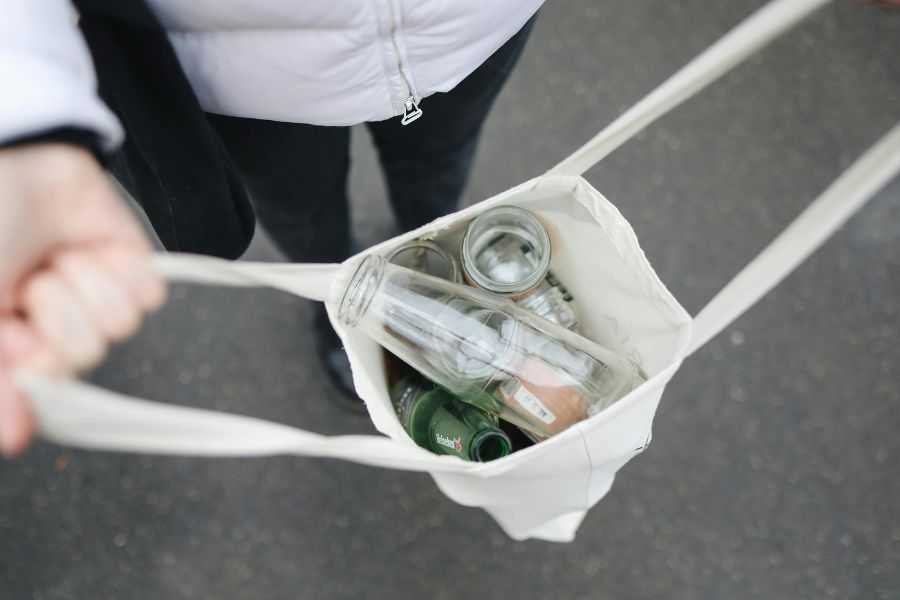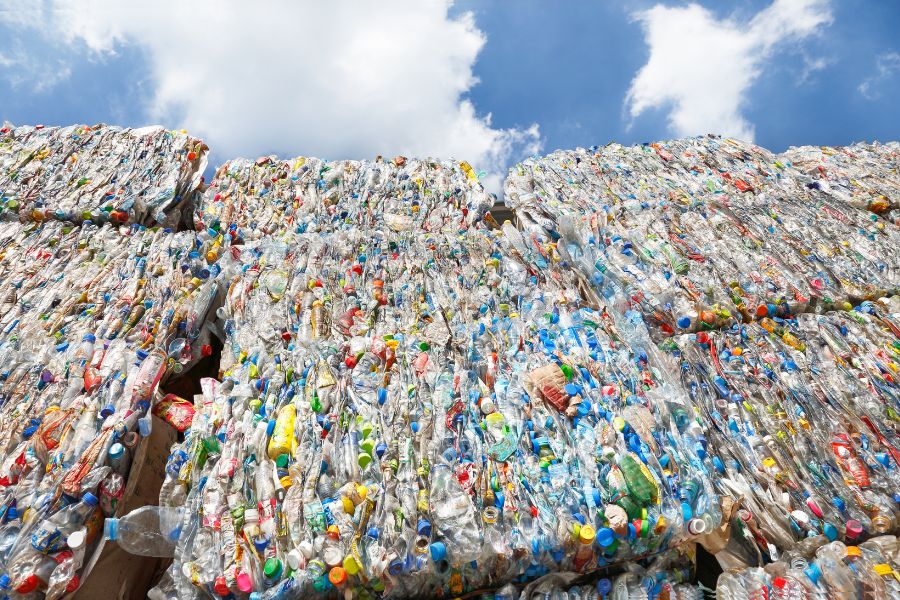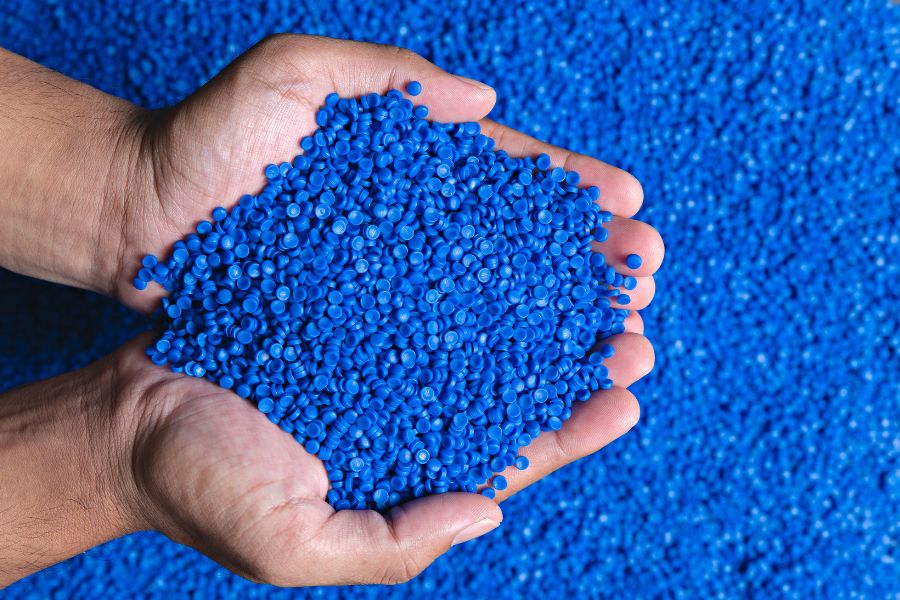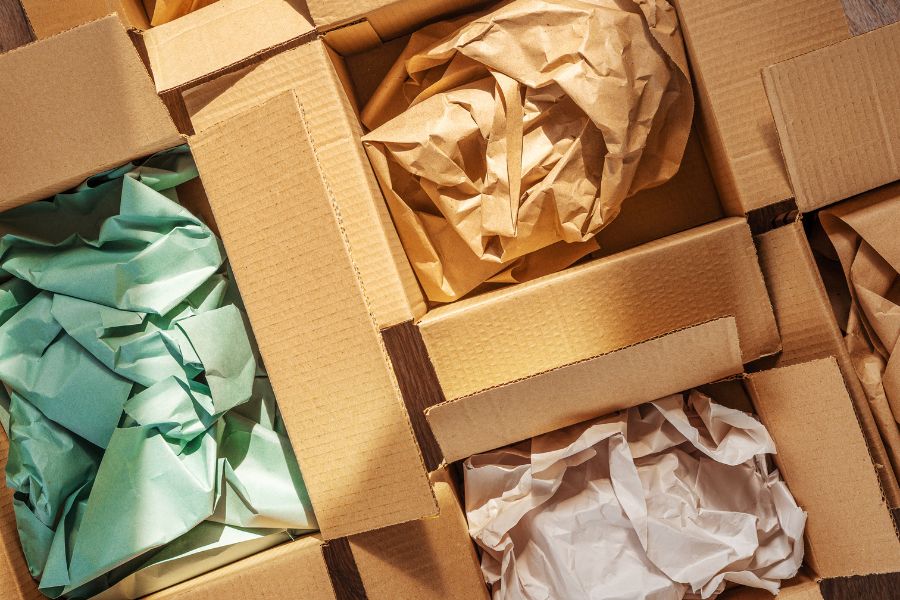How to Measure the Sustainability of Your Packaging
As businesses continue to grow and expand, it’s important to think about the energy consumption and carbon footprint being output. Forward-thinking organizations should take steps to limit waste and encourage environmental sustainability, particularly in light of climate change and its impact on the environment.

One area for implementing sustainable practices is through packaging. Sustainable packaging initiatives can minimize waste, promote effective recycling and material reuse, and enhance production efficiency. But you might be wondering how you can measure sustainability in your packaging business decisions. Let’s take a closer look at sustainability reporting and the different metrics used to monitor your efforts.
Understanding and Measuring Packaging Sustainability
The term ‘sustainability’ is quite the buzzword, but what does it actually mean? At its core, sustainability refers to the actions taken to create a healthier planet for future generations. This includes conservation efforts and a wide range of factors related to social responsibility, such as actively contributing to a circular economy.
Unfortunately, the packaging industry has a reputation for generating a lot of waste. For years, excessive packaging materials, non-recyclable supplies, and inefficient processes have created metric tons of waste in landfills and communities worldwide. However, there is a growing awareness among companies about the importance of sustainable packaging practices, in large part due to changes in environmental policies.

To evaluate the effectiveness of these efforts, it is necessary to measure and track progress using environmental sustainability metrics and strategic plans with clearly defined goals. This monitoring allows companies to assess the impact of their sustainability initiatives and make necessary adjustments to reduce their environmental footprint.
Growing Consumer Demand for Eco-Friendly Packaging
Sustainability plays a pivotal role not just in the data collection and business practices of organizations, but in the role companies play with consumers. The current generation feels more environmental effects than previous generations, and they expect the businesses they purchase from to be responsible for their environmental impact. In recent years, consumers have increasingly demanded that the private sector assume responsibility for its actions and take proactive steps to protect the environment. This includes taking measures to provide more sustainable packaging options.
How to Measure the Sustainability of Packaging
Understanding how important the role of sustainability contributes to improving the environmental performance of your business practices, the following sections explore different ways you can measure sustainability going forward.
It’s important to have accurate data in your sustainability reporting, and to make sure that your measures of sustainability are using the right key performance indicators, or KPIs, to help you understand if your sustainability efforts are delivering results. Here are a few different ways to track sustainability metrics.
Material Selection
The first area of sustainability to measure is your packaging material selection. There are a wide variety of materials that can be used in packaging. Companies can explore a number of eco-friendly options, often created using renewable energy sources, and produce lower emissions while meeting sustainable development goals and industry regulations.

Here are a few ways to look at the material selection in your packaging materials:
Recycled Content (%)
Today, many packaging suppliers offer packaging solutions made with post-consumer recycled resin, or PCR. The higher the percentage, the more recycled content is in the product. Increasing the recycled content percentage is one example of a way to improve environmental sustainability and reduce carbon emissions. Incorporating PCR material in your plastic packaging also aligns with sustainability rules and regulations taking effect worldwide.
Renewable vs. Virgin Materials
In sustainability discussions, “renewable” is another term often associated with renewable energy and material sources. However, it also encompasses materials designed for multiple uses beyond single-use applications. By incorporating these renewable materials into your packaging process instead of relying solely on raw, virgin materials, you can significantly reduce waste generation and actively contribute to sustainable development. This approach not only benefits the environment but also aligns with broader sustainability goals for responsible packaging practices.
Material Weight and Optimization
To enhance the sustainability of your packaging materials, consider optimizing the entire process. Utilizing heavy materials or overusing them can strain your supply chain and negatively impact the environment due to increased fuel and energy consumption. By prioritizing weight reduction and process optimization, you can achieve energy efficiency in packaging and minimize greenhouse gas emissions during product shipping and delivery.
Life Cycle Assessment (LCA)
Life cycle assessment, or LCA, is a complex analysis that examines every step of the packaging material process, from the development of the material itself to the transportation of the material to different locations before the final sale. Gathering the data and metrics of these different steps requires advanced calculation and help from multiple sources and databases. Using an agency or company that specializes in creating LCAs and then comparing them between different products using the same raw data can help you identify the best possible option.
Recyclability and Biodegradability
Another step to consider as you look into measuring sustainability is the recyclability and biodegradability of your products. Recyclability refers to the ability of a material or product to be recycled and then repurposed or broken down in a facility and then reformed into a new component. Biodegradability refers to the ability of a product to break down over time by living organisms, such as bacteria, fungi, or water molds, and reabsorbed by the natural environment.
Different packaging materials have different levels of recyclability and biodegradability, so carefully consider your options before picking one. Innovations in these categories mean new options and solutions are available for businesses who want to explore new types of packaging.

End-of-Life Considerations
End of life refers to the final stage of a packaging product’s lifespan when it is intended to be discarded. Many packaging materials, commonly known as “single-use,” reach their end of life after their initial use. Styrofoam, packing peanuts, and single-use plastics are prime examples of such materials.
Regrettably, these materials create massive amounts of waste that accumulate in streets, waterways, and landfills worldwide. By shifting our focus toward extending the end-of-life of packaging products beyond single-use, we can yield more favorable environmental outcomes and develop effective waste management strategies that align with sustainability performance goals.
Benefits of Measuring Packaging Sustainability
Your company’s impact on the environment has a direct impact on your business practices and your bottom line. Here are a few indicators and benefits that can come from your sustainability efforts.

Reduced Environmental Impact
The first and most obvious benefit is the positive impact sustainable packaging materials have on the environment. Rather than taking up space in landfills, your packaging can help improve the resources around us, like energy usage, water usage, and greenhouse gas emissions, while having better environmental impacts. You can make positive changes when setting specific goals and actively reviewing and assessing your sustainability measures.
Enhanced Brand Reputation
Focusing on sustainability in packaging helps improve your brand reputation among consumers and gives you a competitive advantage over others in your industry. As an increasing number of consumers expect brands to provide better packaging solutions and prioritize their commitment to sustainability, your business decisions and transparency with sustainability reporting will reflect your efforts to meet consumer expectations. By proving that you are committed to giving your consumers more options and putting your environmental claims at the forefront of your business, you can enhance your brand reputation and attract more business.
Improved Efficiency
When you work to improve your packaging sustainability, you also optimize your overall processes and business efficiency. Gathering accurate data and streamlining your production process creates a value chain that spreads across your organization. Tracking environmental metrics within your supply chain will allow you to play a pivotal role in building a circular economy while also setting an example for long term sustainability within your industry.
Regulatory Compliance
Sustainable packaging is a good starting point to maintain regulatory compliance. As organizations like the United Nations and the European Union set global sustainability goals and Global Reporting Initiative, or GRI standards, you can get ahead of the curve and ensure you and your stakeholders are well prepared for any changes to compliance requirements around sustainability and environmental impact.
Start Measuring Your Packaging Sustainability Impact
The final step in moving forward with more sustainable packaging is to actually make the change. If you want to start measuring the sustainability of your packaging and see where you can make a difference, we are here to help.
Paramount Global offers a wide range of packaging options and packaging supply chain solutions. From narrowing down what type of sustainable packaging would work best for your brand to sourcing and warehousing your products, we can help take your business to the next level. Our goal is to help simplify your packaging and supply chain logistics so you can focus on what matters most in your business. Contact us today to see how we can be a partner to you!
Hayley is a marketing professional and copywriter with a background in crafting content for a diverse range of industries. She has been writing about packaging and supply chain logistics for Paramount Global since 2022. She specializes in explaining complex topics in a clear and engaging way and is an advocate for sustainability in packaging and supply chain management.
Read More
For over forty years, Paramount has been delivering perfectly integrated packaging and supply chain solutions.
